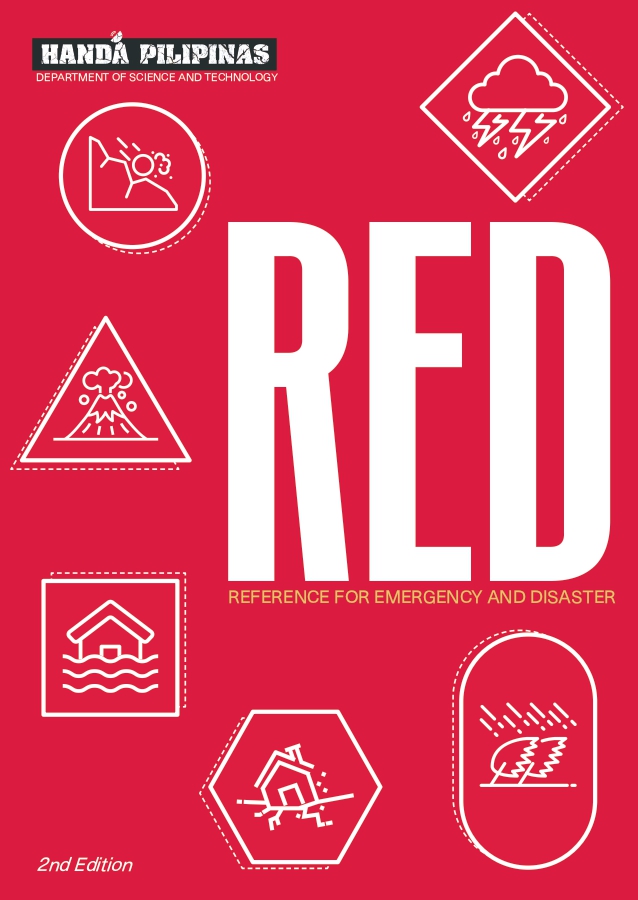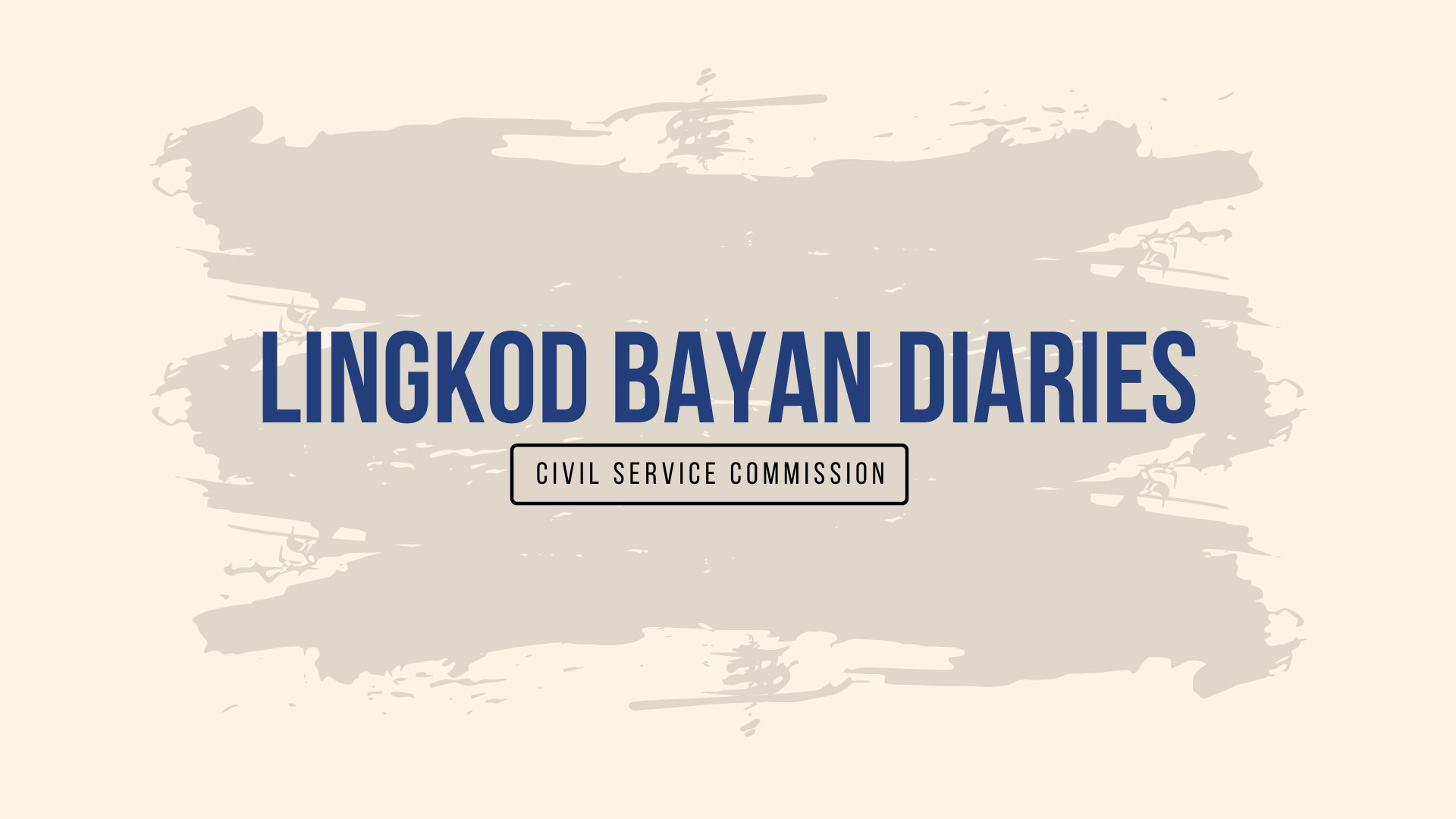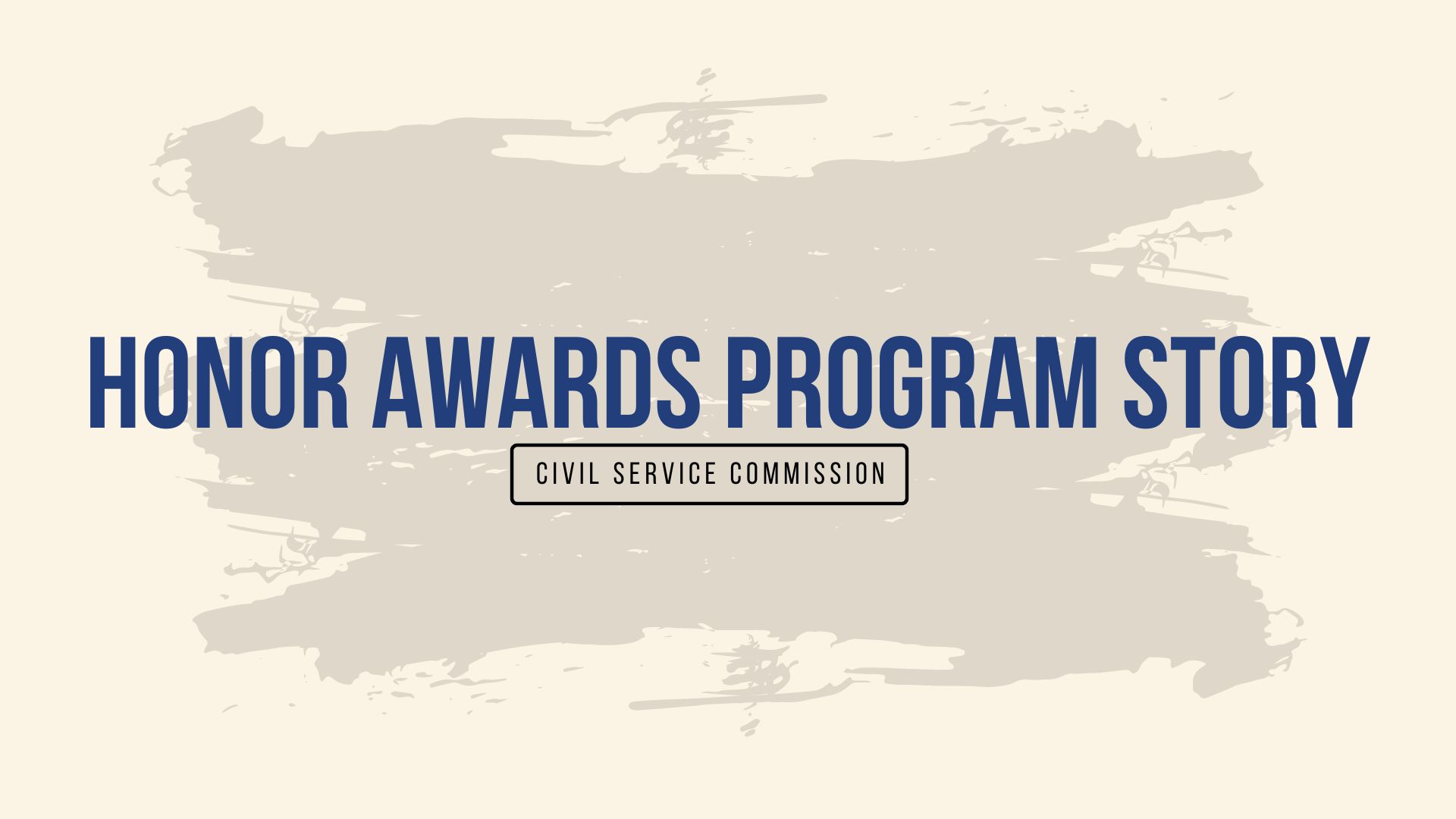By Kim Janzel Obdin, DOST-STII
 As the product innovation progresses in the Philippines, so as the generation of plastic waste in packaging and manufacturing sectors. This heightened the need for sustainable packaging solutions, a demand that continues to be unmet due to lack of standard criteria for sustainable packaging materials.
As the product innovation progresses in the Philippines, so as the generation of plastic waste in packaging and manufacturing sectors. This heightened the need for sustainable packaging solutions, a demand that continues to be unmet due to lack of standard criteria for sustainable packaging materials.
Recognizing this challenge, the Department of Science and Technology (DOST), through the Industrial Technology and Development Institute (DOST-ITDI) is driving innovative approaches to eco-friendly packaging that reduces environmental impact and promotes resource efficiency.
To discuss these initiatives, DOST-ITDI initiated a plenary discussion titled, “Initiatives of DOST-ITDI on Green and Sustainable Packaging,” held on November 12, 2024 during the Regional Science and Technology Week organized by the DOST Region XI at the Ayala Malls Abreeza, Davao City.
In her opening, Mary Joy Paico from DOST-ITDI’s Packaging Technology Division, underscored the importance of packaging in all products. She noted that packaging is essential for containment, protection and preservation, communication, and convenience.
“Packaging is not only intended for food, [pati]sa furniture and other products,” she stated.
Types of Plastic
Paico identified the different types of plastic packaging that are commonly used in the market which are often marked with numbers indicating their types. The Resin Identification Code (RIC) from 1 to 7 are used to label different types of plastic packaging to help consumers and recyclers for proper waste identification and management. Paico also distinguished bio-based plastics, made from renewable sources, from petroleum-based ones, emphasizing bio-based plastics' potential for lower emissions, though their recyclability varies. She also discussed the distinction between bio-based plastics and petroleum-based plastics.
Sustainable Packaging and Health
Paico added that, “ang sustainable packaging ay napoprotect hindi lang ang environment kundi pati na rin ang ating health.”
Moreover, she differentiated compostable and biodegradable plastics, noting that while all compostable materials are biodegradable- not all biodegradable materials are compostable.
Widely recyclable and reusable items in items like textile fibers and plastic lumber are marked with no. 1 Polyethylene Terephthalate (PET), including water and soda bottles, and no. 2 High-Density Polyethylene (HDPE), such as milk jugs and detergent bottles. Pipes and food wraps marked with no. 3 PolyVinyl Chloride (PVC) present recycling issues because of their high chlorine content and potentially harmful additions that can emit poisonous chemicals.
However, because of their low quality and low cost, products branded No. 4 Low-Density Polyethylene (LDPE), like bread bags and plastic wraps, have few recycling possibilities.
Furthermore, polypropylene (PP) products—like yogurt containers and straws with the number five label are durable and recyclable but lose their strength as it goes through the recycling process. However, because of their poor scrap value, no. 6 PolyStyrene (PS) goods, such coffee cups and takeout containers, frequently wind up in landfills. Plastics used in No. 7 items differ in their capacity to be recycled. Waste management is aided by these codes, which promote sustainability and efficient recycling.
She also discussed photodegradable and oxodegradable plastics and their varying degradation mechanisms. The significance of these processes for wise material selection and efficient waste management is highlighted by the fact that photodegradable plastics decompose in the presence of sunshine using UV light, while oxodegradable polymers fragment using heat and oxygen.
Green Packaging Laboratory and Operational Framework
To address the demand for sustainable solutions, DOST-ITDI established the Green Packaging Laboratory, focusing on developing alternative packaging materials while maintaining coexistence with existing options.
The initiative actively involves farmers as key suppliers of agricultural/aquacultural waste as raw materials for these eco-friendly solutions. Among DOST-ITDI's sustainable projects with prototypes are pineapple leaf fiber-based partition boards and cushion pads, chitosan-based antioxidant biodegradable packaging, and anti-insect biodegradable packaging made with PVA, chitosan, and essential oils.
Additionally, pectin-based biodegradable packaging from calamansi and mango peels showcases the valorization of agricultural waste, although it faces cost challenges due to the lack of locally available producers. For example, chitosan powder is usually imported. These initiatives exemplify innovative approaches to reduce waste and promote sustainability in the packaging industry.
Testing and Safety
The PTD’s specialized laboratories conduct tests to assess the overall migration of packaging materials to ensure safety.
Through these initiatives, DOST-ITDI continues to push for innovations that make packaging more sustainable while considering economic and practical factors. Through advanced materials and sustainable design, these initiatives aim to minimize waste, improve recyclability, and support a circular economy for a greener future.
For partnerships and collaborations, DOST-ITDI’s Packaging Technology Division may be contacted through (02) 8837-2071 local 2231 or via email at This email address is being protected from spambots. You need JavaScript enabled to view it..
The 2024 Regional Science Technology and Innovation Week is among the regional celebrations leading to the National Science, Technology, and Innovation Week to be held in Cagayan De Oro on 27 November-1 December 2024.










